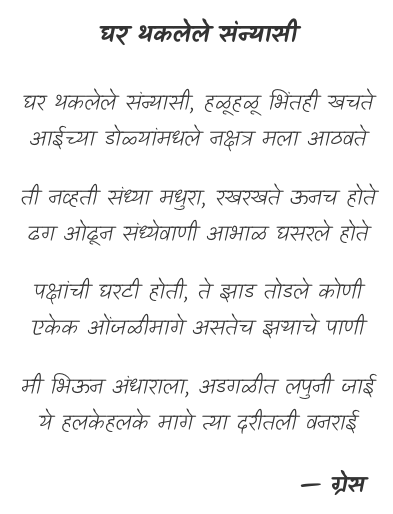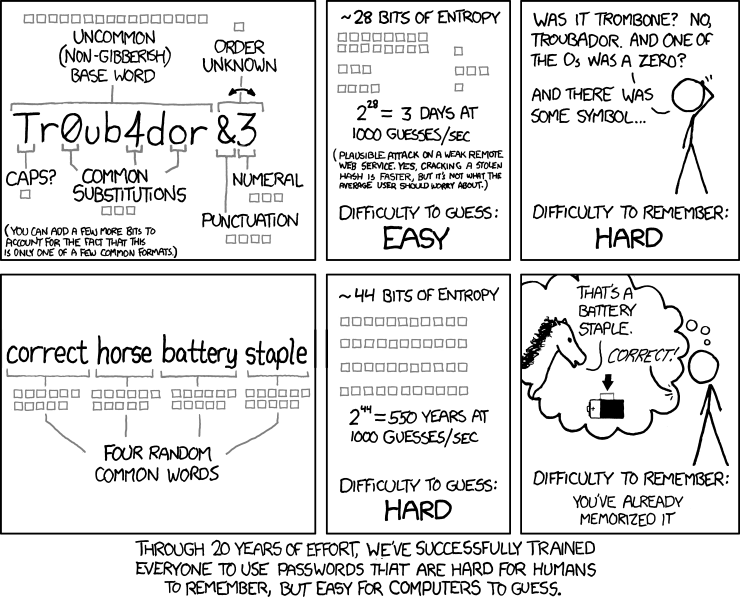02 Jan 2025
Nassim Nicholas Taleb’s Skin in the Game champions the value of bearing risk, arguing that those with a stake in the outcome are uniquely qualified to make decisions. While compelling, this perspective overlooks the value of detachment—a perspective we might call Detachment in the Game.
When free from direct stakes, one gains the ability to evaluate situations without the distortions of self-interest. Detached observers can consider broader implications and engage without the emotional weight of fear, loyalty, or ambition. This distance fosters a clarity that insiders often struggle to achieve, as they are entrenched in the complexity of their stakes.
For instance, as an Indian observing American politics, I can evaluate arguments on their merit, unclouded by partisan bias or electoral anxieties. In today’s social media-driven world, where divisions are amplified and consensus feels impossible, this perspective is essential. Every debate seems laden with personal stakes, making impartial dialogue rare. The detached observer offers a neutral voice, not free of bias but distanced enough to provide clarity amidst the noise.
However, detachment does not presume omniscience; it requires humility and a commitment to understanding context. True objectivity is earned, not automatic. Detachment is most valuable when paired with respect for those who bear the consequences of decisions. Outsiders bring fresh perspectives, but these must complement, not dismiss, the insights of insiders. This balance ensures decisions are informed by both neutrality and lived realities.
Detachment in the Game is not about superiority but balance. It tempers the urgency of vested interest with the clarity of impartiality. In a world fractured by tribal loyalties, the detached observer reminds us that sometimes, the clearest view comes from stepping back.
This post was crafted with the assistance of ChatGPT, though the central ideas and perspectives are my own.
04 May 2022
One of my favorite poems. I found many online versions with typos, so I decided to create my own. Don’t ask how long I spent finding the perfect font!

25 May 2021
My new article on Baeldung after a long time:
Difference Between Cohesion and Coupling
A simple but important topic especially in the era of microservices where getting wrong cohesion and coupling can cost you dearly. Me and my editor tried to keep things simple and also added few diagrams to ease the understanding.
What do you think?
01 Oct 2020
Sublime Text is my go to text editor. However, I recently ended up using Visual Studio Code and was really impressed by the syntax highlights for Markdown file in the Solarized (Light) Color Scheme.
Since all my configurations, customizations and extensions are set in Sublime Text, it would be a non-trivial job to switch the editor. But I missed the syntax highlights of Visual Studio Code and wished if I could apply the same in the Sublime Text.
I could not find any easy extension to do this. Finally, I ended up modifying the Solarized file. Here are the steps I followed. Hope this helps somebody.
- Go to Preferences -> Browse Packages… Menu. This should take you to the directory where all the packages for the Sublime Text are stored.
- Copy the
Solarized Color Scheme.sublime-package to some temporary location say ~/temp/.
- Rename ~/temp/Solarized Color Scheme.sublime-package to ~/temp/Solarized Color Scheme.zip
- Uncompress the zip file
- Go inside the uncompressed directory
- Make following changes/additions in the file
Solarized (light).sublime-color-scheme:
[
{
"scope": "entity.name.section",
"foreground": "var(blue)"
},
{
"scope": "markup.heading, punctuation.definition.heading.markdown",
"foreground": "var(blue)",
"font_style": "bold"
},
{
"scope": "markup.heading.1.markdown",
"foreground": "var(red)",
"font_style": "bold"
},
{
"scope": "markup.list.unnumbered.markdown, markup.list.unnumbered.bullet.markdown, markup.list.numbered.markdown, markup.list.numbered.bullet.markdown",
"foreground": "var(yellow)",
},
{
"name": "Markdown em",
"scope": "markup.italic",
"font_style": "italic",
"foreground": "var(magenta)"
},
{
"scope": "markup.bold",
"font_style": "bold",
"foreground": "var(magenta)"
}
]
- Zip the directory.
- Rename ~/temp/Solarized Color Scheme.zip to ~/temp/Solarized Color Scheme.sublime-package
- Copy ~/temp/Solarized Color Scheme.sublime-package to the original location
- Restart Sublime Text
This may not cover advance Markdown parsing and syntax highlighting. But this was sufficient for me to continue using Sublime Text.
This has delayed my switch to Visual Studio Code. For now.
26 Apr 2020
In this post, I would like to share a simple but highly effective strategy to come up with a strong, unique password each time you create a new account on any website. Also, you will be able to easily recall it at a later point in time. I call it Passformula, based on the existing Passphrase strategy.

I came up with Passformula around 5 years back when one of my email accounts reported login attempts using my ‘favorite’ password from a country I had never visited. I had used the same password on many websites and one of the websites was compromised risking all the other accounts. Luckily the email provider’s security check saved my account. But it was a wake-up call for me.
The idea is to create a one-time, well-defined formula to create a password from the name for the service/website domain you’re trying to log in. You would apply this formula each time you create an account on any website and later use the same formula to get the password at the time of the login.
For example, let’s say this is your Passformula you would apply to a website’s domain name:
- Take the second letter of the domain name in the upper case
- Last letter in lower case
- Convert the first vowel in the name to a digit (assign digit like a is 1, e is 2, i is 3, o is 4, and u is 5)
- Find the total number of characters in the name. If the total is two digits, calculate the sum of the digits of this number until sum becomes a single digit. Use the special character on your keyboard at this digit key.
- Your favorite word. This remains the same in all passwords. Ex: Taleb, Wozniak. Convert to Leet code. So Taleb would become T@l3b. This part is mainly to get the total length of the password greater than 8 characters.
If we apply this formula say while signing up on grammarly.com, our password would be: Ry1(T@l3b
This is a strong password with high probability of being unique across all your accounts and you don’t have to remember it. Just remember the formula and next time when you have to log in to this website you will be able to ‘recall’ the password easily.
Let’s take one more example. Say you use service like zenkit.com. Based on the above formula the password will be: Et2^T@l3b
As you can see, there are many ways you could create your formula. In the above example, I have shown how to create a password with the first 4 characters unique. But you can go to any extent, as long as you could remember the formula.
Before I wrap up, here are some special cases I encountered while using the Passformula:
-
The website that does not support all special characters: You might want to avoid an uncommon special character or keep a fall back formula for such a scenario.
-
The website expires the password after a certain period: Usually the period is 1 to 3 months. In such cases, instead of using your favorite word at the end of the password (Taleb, in the above example), you could use a time factor like month in which you are setting the password. Ex: April could become @pri1. Hopefully, your frequency to visit such websites is higher than the rotation period and you could guess the correct password in a few attempts worst case. This is not a clean approach and should be avoided if cost of getting the account locked is high.
-
If you are using the special character formula mentioned in the above example, you would have to know the QWERTY keyboard layout for special characters. This may not be the case when say you are using mobile. Keeping the QWERTY keyboard image handy on mobile could be a solution to solve this problem.
Hope you find this useful. Let me know what you think.
Disclaimer: Needless to say, this is just a strategy to create a password and does not automatically make your account full proof. It could also have reverse effect, if you manage to leak your Passformula.

